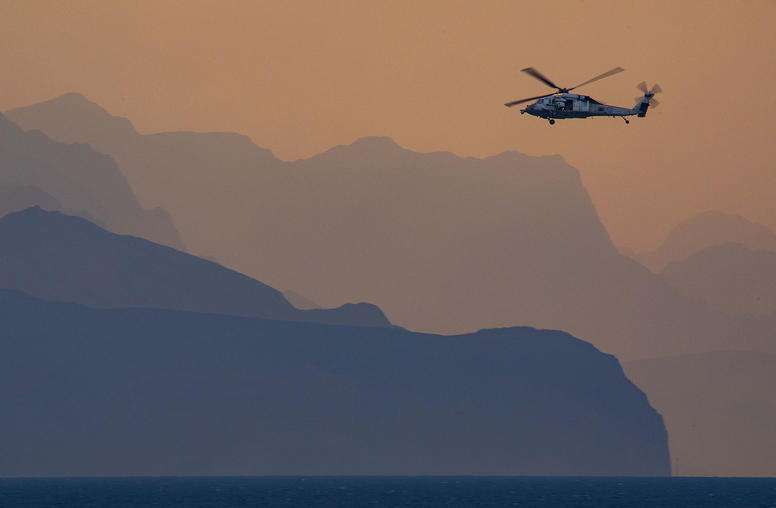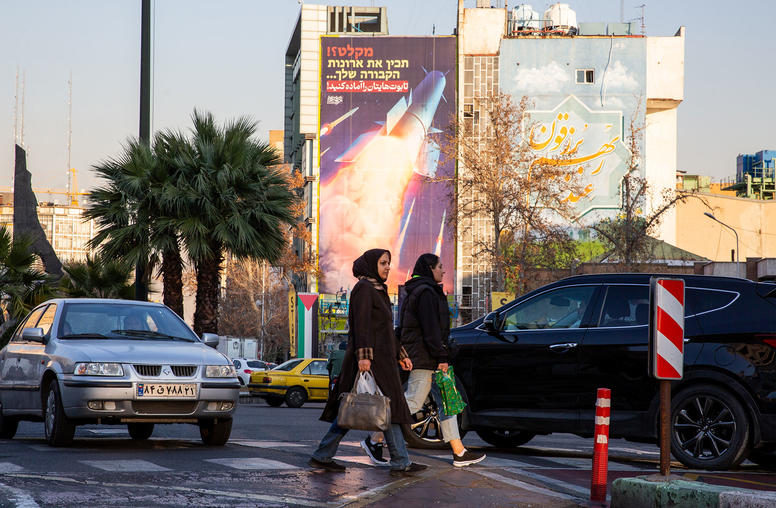Challenging the Axis of Resistance: Syria, Iran and the Strategic Balance in the Middle East
The uprising started last year, along with other “Arab Spring” revolutions taking place in Middle East and North African nations. But by far, the Syrian government’s response has become the most deadly and most brutal. The United Nations estimates that more than 8,000 people have been killed since the revolution started last March.
Syrian President Bashar Al-Assad reportedly received advice from Iranian officials on how to handling the country’s deadly uprising, according to new media reports.
The uprising started last year, along with other “Arab Spring” revolutions taking place in Middle East and North African nations. But by far, the Syrian government’s response has become the most deadly and most brutal. The United Nations estimates that more than 8,000 people have been killed since the revolution started last March.
These reports come amid ongoing allegations that Iran has been providing on-the-ground support to the regime’s crackdown. Iran’s government has denied offering anything beyond moral support to its regional ally.
Indeed, the prospects of the toppling of Syria’s Assad regime would have major ramifications for Iran.
Gen. James Mattis, head of U.S. Central Command, testified to Congress earlier this month that Iran was flying weapons and experts into Syria in "a full-throated effort ... to keep Assad there and oppressing his own people."
When Assad falls, he said, "it'll be the biggest strategic setback for Iran in 20 years."
The Iran-Syria alliance poses significant challenges for U.S. diplomacy in the Middle East.
Says USIP’s Daniel Brumberg, ‘The alliance between Syria and Iran is Tehran’s geostrategic lifeline to the Middle East: the fall of the Assad regime could reorder the balance of power in the Middle East, particularly in the context of the region’s ongoing democratic uprisings.”
The significance of the Iran-Syria connection has implications beyond the region to include Iran’s nuclear ambitions: “Replacement of Assad’s autocracy with a democratically elected government would further isolate Iran, thus increasing the chance for a peaceful resolution of the nuclear issue,” observes Brumberg.
Brumberg broadens it out even more, saying, “Iran’s leaders have tried to embrace the Arab Spring and portray it as an extension of their own Islamist vision: but Tehran’s support of Assad has totally discredited this effort to highjack the Arab Spring, thus further isolating Iran from the Arab world. In this sense, the struggle over Syria is a struggle for the very soul of the Middle East and Arab world in particular.
Given the regional and international import of the events in Syria, how should the U.S. proceed in trying to resolve the violence and manage the high stakes?
To address these questions, please join Jay Solomon, foreign affairs correspondent of the Wall Street Journal, and Daniel Brumberg, USIP’s senior adviser in the Center for Conflict Management, on March 21 for a discussion moderated by Steven Heydemann, senior adviser for Middle East Initiatives at the U.S. Institute of Peace.
This is the third in a series of breakfast briefings titled, "A Year of Turmoil: The Arab Awakening and the Path Ahead." The briefings are organized by the United States Institute of Peace in partnership with the Defense Education Forum of the Reserve Officers Association.
Explore Further
- Turmoil in Syria: Reshaping the Middle East?
USIP publishes a series of briefs on how the Syrian uprising is affecting the regional neighborhood



